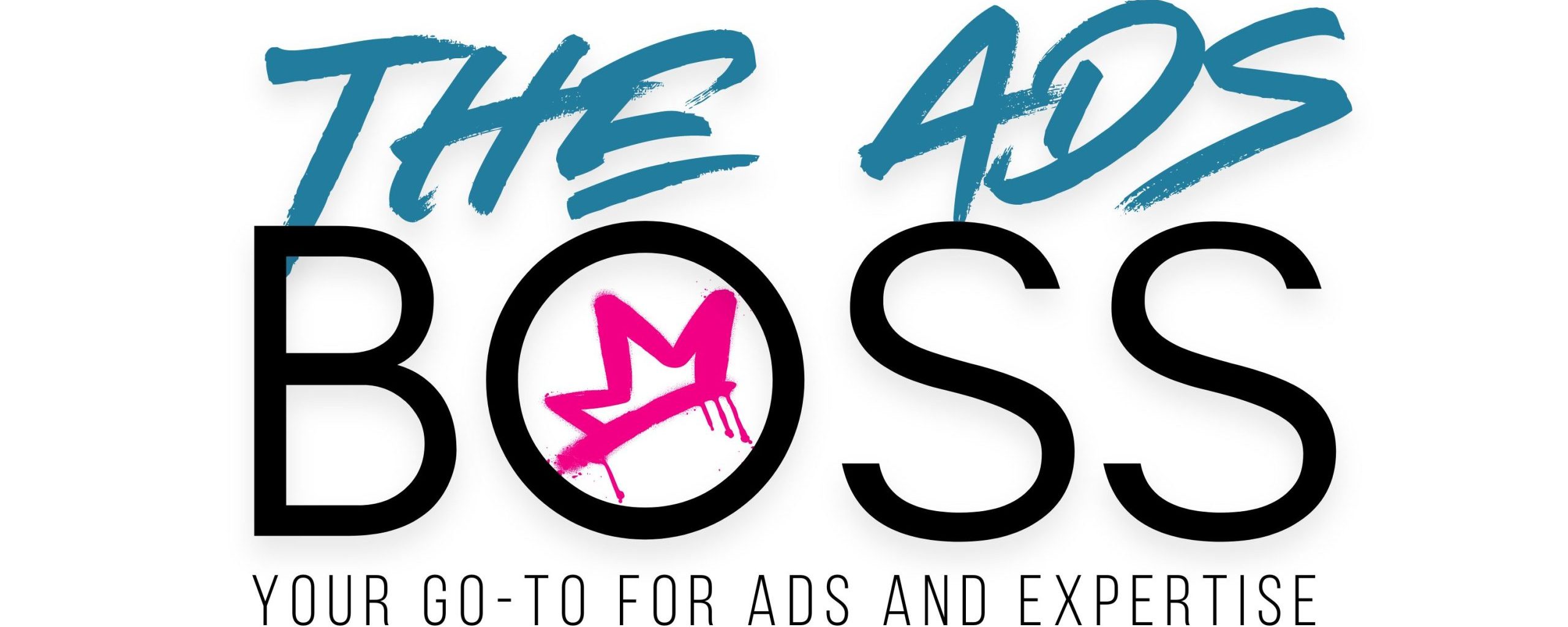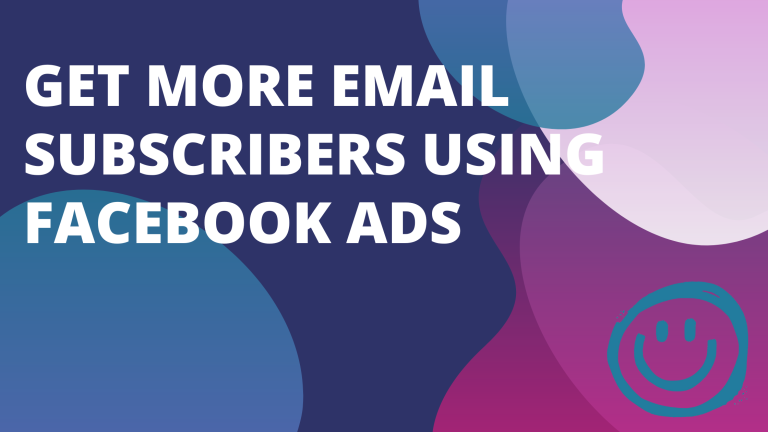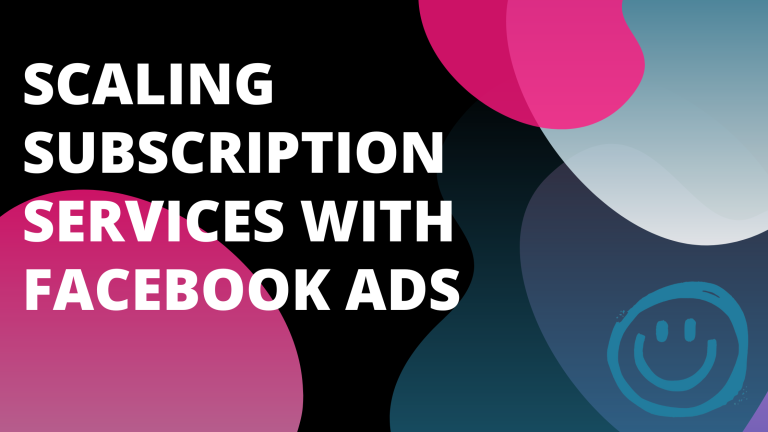Promoting Free Trials and Freemiums with Facebook Ads

Promote Free Trials and Freemiums with Facebook Ads [Guide]
Free trials and freemiums are powerful tools in any marketing strategy. They let potential customers experience your product or service without risk, often leading to conversions. But how do you promote these offers effectively?
Facebook Ads can be a game-changer in getting the word out. With its vast reach and targeting options, you can connect with users who are genuinely interested in what you offer.
In this post, you’ll learn how to create ads that not only attract attention but also drive action. Get ready to turn curious visitors into loyal customers.

Understanding Free Trials and Freemiums
Understanding the concepts of free trials and freemiums is essential for any effective marketing strategy. These two models can attract potential customers and give them a taste of your product or service. Let’s break down the definitions and benefits of each.
What is a Free Trial?
A free trial is a limited-time offer that allows users to experience your product without paying upfront. Typically lasting from a few days to a month, a free trial enables users to explore features and benefits before committing to a subscription. The intention behind this model is to showcase the value of your service, reduce hesitation, and encourage potential customers to convert into paying subscribers once the trial ends.
Think of a free trial as a test drive for a car. You can sit behind the wheel, enjoy the ride, and assess whether it fits your needs before making a purchase.
What is a Freemium Model?
The freemium model combines free and paid features, giving users basic access at no cost while reserving premium features for paying customers. This model allows users to engage with your product immediately, creating a sense of community and usage that can lead to upselling opportunities.
For instance, consider a popular music streaming app. Users can listen to a limited selection of songs for free, but to enjoy offline listening or ad-free experiences, they need to upgrade to a paid plan. The freemium approach balances user acquisition with monetization, providing a way for users to decide if the added features are worth investing in.
Benefits of Using Free Trials and Freemiums in Marketing
Leveraging free trials and freemiums can significantly boost your marketing strategy. Here are key benefits to consider:
- Increased User Acquisition: Attracting new users is easier when they can try before they buy. Free trials lower barriers to entry and encourage users to explore your offerings.
- Reduced Churn: Once users get accustomed to your product, they are more likely to continue their subscription. Free trials can help keep users engaged, reducing the chances they’ll cancel.
- Valuable Feedback: These models allow companies to gather insights about user preferences and behaviors. This information is invaluable in improving your offerings and addressing customer needs.
- Conversion Opportunities: Users who experience the value of your product are more likely to convert into paying customers once they realize what they’re missing.
Incorporating free trials and freemiums can lead to a healthier customer base, allowing potential buyers to understand your product on a deeper level while enabling your brand to thrive.

Photo by Chunry
Crafting Your Free Offer
Creating an appealing free offer is vital for attracting users and boosting conversions. When structure your offer, consider the duration, limitations, and features. These elements will determine how users perceive your product and whether they become paying customers.
Setting Duration and Limitations
Deciding how long your free trial lasts can significantly influence user behavior. A typical duration ranges from 7 to 30 days, with shorter trials often creating a sense of urgency, while longer trials allow for deeper engagement.
Consider these factors when setting the duration:
- User Experience: A longer trial can provide users the chance to explore features thoroughly. However, if it’s too long, interest may wane.
- Immediate Needs: Depending on your product, urgency can boost motivation. For time-sensitive offerings, a 7-day trial can create excitement.
- Feature Access: Introducing limitations on features can guide user interaction. By restricting certain capabilities, you can highlight what makes your premium offering special.
Setting realistic limitations during a free trial keeps users engaged while giving them a taste of what to expect in the full version.

Choosing the Right Features to Offer
Selecting the features for your free offer is crucial. You want to highlight the most enticing aspects that represent your product’s value. Here are some tips:
- Highlight Core Functions: Ensure that users can access the key features they need to understand your product. This is like a preview that showcases strength without revealing everything.
- Limit Advanced Features: Withhold premium functionalities to incentivize upgrades. Users should feel intrigued enough to want more but still receive enough value to appreciate their experience.
- Include Customer Support: Providing basic support during the trial can enhance the user experience. It shows that you care about their journey, increasing the chances of conversion when the trial ends.
- Interactive Elements: Features that encourage engagement, such as forums or challenges, can create a sense of community. This makes users feel part of something, boosting the likelihood they’ll continue after their trial.
- Time-Limited Bonuses: Consider adding a special bonus feature that is only available during the trial period. This can entice users to sign up immediately, knowing they will lose out if they don’t.
Incorporating these strategies will help you craft an attractive free trial or freemium offer, drawing in users while nudging them toward a purchase.

Photo by Monstera Production
Creating Effective Facebook Ads
To successfully promote your free trials and freemiums on Facebook, you need a focused strategy. From identifying your audience to crafting attention-grabbing ads, every element counts. Let’s break down the key components that make your Facebook Ads effective.
Targeting the Right Audience
Understanding your audience is crucial in ad success. Facebook offers robust targeting tools that help you pinpoint the right demographics. Here’s how to identify and reach your ideal users:
- Use Audience Insights: Facebook’s Audience Insights tool shows you information on potential customers, including interests, behaviors, and demographics. Use this data to refine your targeting.
- Create Custom Audiences: Upload your existing customer data to create Custom Audiences. This feature allows you to retarget users who have shown interest but haven’t converted yet.
- Implement Lookalike Audiences: With Lookalike Audiences, you can reach new users similar to your existing customers. This mode increases the chances of attracting those likely to engage with your offer.
- Adjust Your Targeting Parameters: Experiment with age, location, and interests. Narrow these down to create specific segments that might be most interested in your free offer.
Reaching the right audience maximizes your chances of converting clicks into trials or freemium users.
Compelling Ad Copy and Visuals
Engaging ad copy and eye-catching visuals are essential for attracting potential users. Here’s how to create appealing content:
- Craft Clear Headlines: Start with a strong, concise headline that captures attention immediately. Highlight the main benefit of your free offer, like “Try Our Premium Service Free for 30 Days!”
- Use Active Language: Write in the active voice, encouraging action. Phrases like “Sign Up Now” or “Get Started Today” prompt users to engage.
- Show Benefits Over Features: Focus on how your product solves a problem or enhances users’ lives. For example, instead of listing features, explain how the free trial saves them time or money.
- Select Relevant Images: Choose visuals that reflect your brand and resonate with your audience. Imagery should provide a glimpse of the product in action or the benefits it offers.
- Incorporate Calls to Action: Add clear calls to action (CTAs) that guide users on their next step. Use buttons like “Start Your Free Trial” to create urgency.
Grab the audience’s attention with the right mix of words and visuals, steering them toward your free offer.
Utilizing Facebook Ad Formats
Facebook provides various ad formats, each serving different strategies to engage users. Explore these options:
- Carousel Ads: Showcase multiple images or videos in one ad. This format is perfect for highlighting different features of your product or telling a story about your brand.
- Video Ads: Capture attention quickly with video content. A short, engaging video can explain your offer effectively and resonate better than static images.
- Collection Ads: This format combines images and videos with product details, ideal for presenting various aspects of your free offer. Use it to show users how they can benefit from a freemium model.
- Lead Ads: Collect user information directly within the ad. Use this format to create an easy sign-up process for your free offer without directing them away from Facebook.
Each ad format caters to different marketing strategies, so choose the one that aligns best with your goal of promoting free trials and freemiums.

Photo by Pixabay
Analyzing Performance Metrics
Tracking performance metrics is key to ensuring your Facebook Ads for free trials and freemiums are effective. By monitoring these metrics, you gain insights into how users respond to your ads, which can shape your future advertising strategies.
Key Metrics to Monitor
Understanding important performance metrics helps you assess the effectiveness of your ads. Here are crucial metrics to focus on:
- Click-Through Rate (CTR): This measures how many people clicked on your ad compared to how many saw it. A higher CTR indicates your ad is resonating well with your audience.
- Conversion Rate: This metric indicates the percentage of users who completed your desired action, like signing up for a free trial, after clicking your ad. A strong conversion rate reflects the effectiveness of both your ad and your landing page.
- Cost Per Acquisition (CPA): CPA tracks the cost of acquiring a new customer through your ads. Keeping this metric low while maintaining quality conversions is crucial for profitability.
- Engagement Rate: This measures user interactions with your ad beyond clicks, such as likes, shares, and comments. High engagement often suggests your content is appealing, leading to more visibility.
- Return on Ad Spend (ROAS): This ratio compares the revenue generated from your ads to the amount spent on those ads. A high ROAS indicates that your advertising is financially effective.
By keeping an eye on these metrics, you can quickly identify what’s working and make necessary changes to enhance your campaigns.

A/B Testing for Optimization
A/B testing is a powerful method for optimizing your Facebook Ads. This process allows you to experiment with different elements in your ads to determine what works best. Here’s how to effectively implement A/B testing:
- Identify Variables to Test: Focus on one element at a time to get clear results. Possible variables include:
- Ad copy (headlines, descriptions)
- Images or videos
- Target audience segments
- Calls to action
- Create Two Versions: Develop two ad variations that differ by the single element being tested. For example, one ad may feature a strong headline, while the other has a more casual tone.
- Set a Testing Period: Run your ads simultaneously for a specific duration. This timeframe should be long enough to gather sufficient data but short enough to react to trends.
- Analyze Results: Check the performance of both ads based on the key metrics discussed earlier. Determine which version performed better and why.
- Iterate and Improve: Once you identify the winning ad, apply the insights to create new variations. The process is ongoing, so continue to test and refine your ads regularly.
A/B testing not only enhances your current campaigns but also informs future marketing efforts. By consistently seeking improvement, you can optimize your ads to attract more users to your free trials and freemium offers.

Photo by RDNE Stock project






